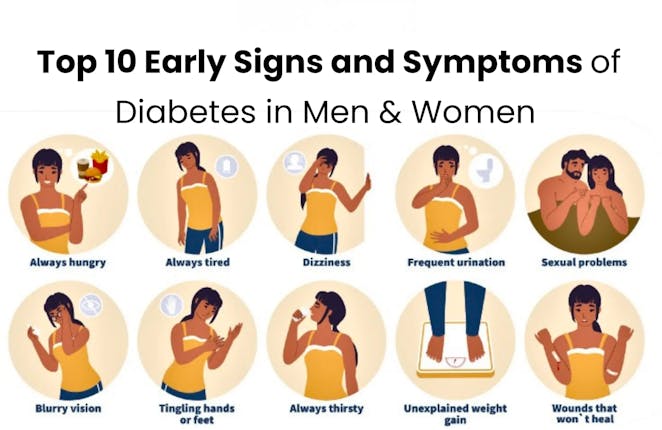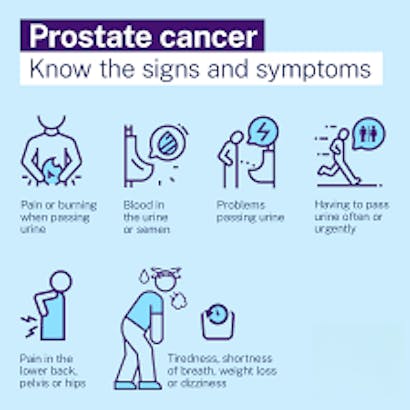Healthy Living
Article 1: Understanding Diabetes: Types, Symptoms, and Management
Demystifying Diabetes: A Comprehensive Guide to Understanding, Managing, and Thriving
Introduction:
Diabetes is a chronic condition that affects millions worldwide, yet there are still misconceptions surrounding its causes, symptoms, and management. In this article, we'll delve into the various types of diabetes, common symptoms, and effective management strategies to empower individuals living with this condition.
Types of Diabetes:
Type 1 Diabetes: Typically diagnosed in children and young adults, Type 1 diabetes occurs when the immune system mistakenly attacks insulin-producing cells in the pancreas. Individuals with Type 1 diabetes require daily insulin injections to survive.
Type 2 Diabetes: The most common form of diabetes, Type 2 diabetes often develops in adulthood and is characterized by insulin resistance and impaired insulin production. Lifestyle factors such as diet, exercise, and genetics play significant roles in its development.
Gestational Diabetes: Occurring during pregnancy, gestational diabetes can pose risks to both mother and baby if left unmanaged. Close monitoring and lifestyle modifications are crucial during pregnancy to ensure optimal health outcomes.
Common Symptoms:
Increased thirst and urination
Fatigue
Unexplained weight loss or gain
Blurred vision
Slow wound healing
Tingling or numbness in hands or feet
Management Strategies:
Balanced diet: Emphasize whole foods, fruits, vegetables, lean proteins, and whole grains while limiting processed sugars and refined carbohydrates.
Regular exercise: Engage in physical activity such as walking, swimming, or cycling to improve insulin sensitivity and maintain a healthy weight.
Medication: Depending on the type and severity of diabetes, medications such as insulin, oral medications, or injectable therapies may be prescribed.
Blood sugar monitoring: Regularly monitor blood glucose levels to track progress and make necessary adjustments to treatment plans.
Education and support: Joining support groups, attending diabetes education classes, and working closely with healthcare providers can provide valuable resources and support.
Conclusion:
Diabetes is a manageable condition with proper education, lifestyle modifications, and medical support. By understanding the different types of diabetes, recognizing common symptoms, and implementing effective management strategies, individuals can lead fulfilling lives while effectively managing their condition.
Article 2: Prostate Health: Understanding Risks, Screening, and Maintenance
Title: Navigating Prostate Health: A Comprehensive Guide to Prevention, Screening, and Care
Introduction:
The prostate gland plays a vital role in male reproductive health, yet issues such as prostate cancer and benign prostatic hyperplasia (BPH) can significantly impact quality of life. In this article, we'll explore the importance of prostate health, common risk factors, screening recommendations, and maintenance strategies to promote optimal well-being.
Understanding Risks:
Age: Risk of prostate issues increases with age, particularly after age 50.
Family history: Individuals with a family history of prostate cancer are at higher risk.
Race: African American men have a higher risk of developing prostate cancer.
Lifestyle factors: Poor diet, lack of exercise, and smoking may increase the risk of prostate issues.
Screening Recommendations:
Prostate-specific antigen (PSA) test: This blood test measures levels of PSA, a protein produced by the prostate gland. Elevated PSA levels may indicate prostate cancer or other prostate-related issues.
Digital rectal exam (DRE): During this exam, a healthcare provider manually assesses the size, shape, and texture of the prostate gland by inserting a gloved, lubricated finger into the rectum.
Maintenance Strategies:
Healthy diet: Emphasize fruits, vegetables, whole grains, and lean proteins while limiting saturated fats and processed foods.
Regular exercise: Engage in aerobic exercise and strength training to promote overall health and reduce the risk of prostate issues.
Regular screenings: Follow recommended guidelines for prostate cancer screening based on age, family history, and risk factors.
Maintain a healthy weight: Excess weight, particularly around the waistline, may increase the risk of prostate issues.
Limit alcohol consumption: Excessive alcohol intake has been linked to an increased risk of prostate cancer.
Conclusion:
Prostate health is essential for overall well-being and quality of life. By understanding common risk factors, adhering to recommended screening guidelines, and implementing healthy lifestyle habits, individuals can take proactive steps to protect their prostate health and reduce the risk of prostate-related issues. Regular communication with healthcare providers is key to early detection and effective management of any prostate concerns.
Copyright 2024. All rights reserved.
This site is not a part of Google, Inc. or Google.com, nor is it sponsored or endorsed by Google. YouTube is a trademark of Google, Inc.
Please consult a health professional before implementing any strategy discussed on this website.

